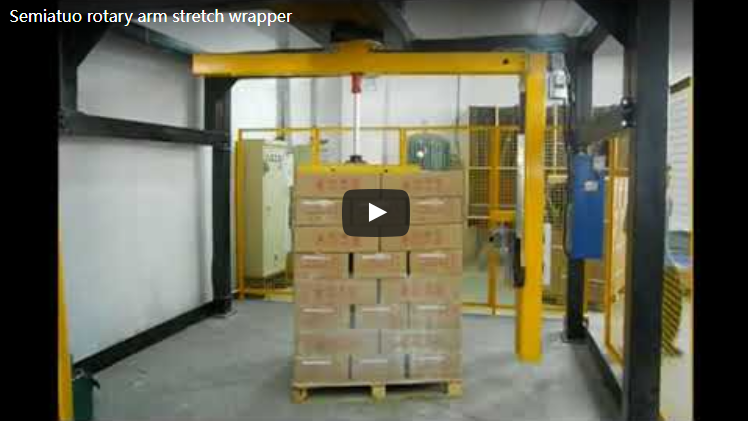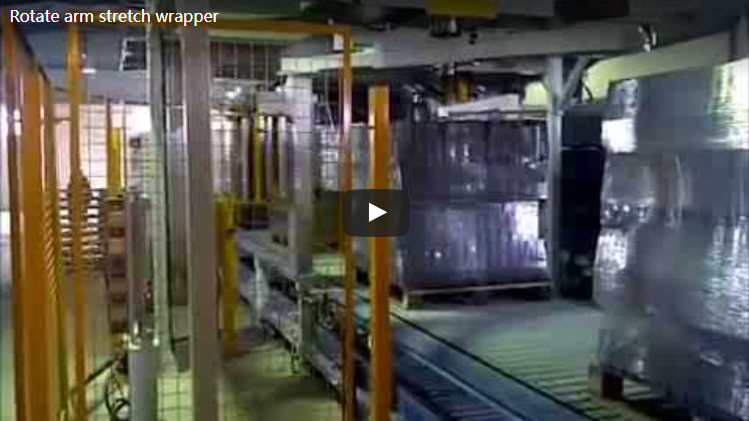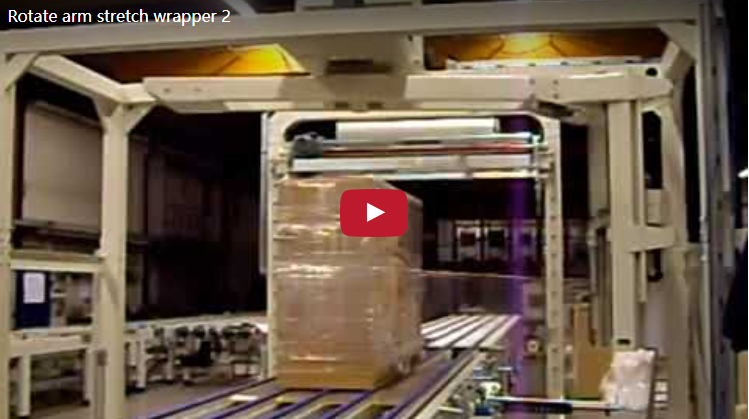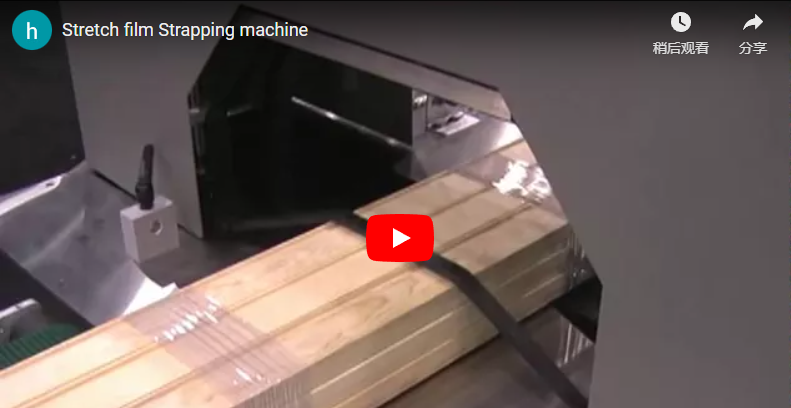Mastering High-Throughput Pallet Wrapping: A Closer Look at the Double Rotary Arm Stretch Wrapper
In today's demanding logistics and manufacturing environments, speed, efficiency, and load integrity are paramount. For operations dealing with high volumes or unstable pallet loads, the double rotary arm stretch wrapping machine emerges as a powerful automated solution. Unlike traditional turntable wrappers where the load spins, this design keeps the pallet stationary while two wrapping arms orbit around it, offering distinct advantages in specific applications.
Let's delve into the mechanics, benefits, and practical considerations of implementing this advanced packaging technology.
1. The Mechanics: How Double Rotary Arms Deliver Performance
The core principle of a double rotary arm wrapper involves two synchronized arms, each equipped with a stretch film carriage, rotating simultaneously around a stationary pallet.
- Stationary Load: This is the defining feature. It's ideal for loads that are exceptionally heavy, tall, unstable, or light, which might shift or topple if rotated at high speeds on a turntable.
- Dual Arm Action: Using two arms essentially doubles the film application rate compared to a single-arm machine operating at the same rotational speed. This translates directly to higher throughput.
- Synchronized Movement: Precise control systems ensure the arms work in tandem, maintaining consistent film overlap and tension throughout the wrap cycle for optimal load containment.

2. Key Components and Technical Specifications
Understanding the components helps appreciate the machine's capabilities:
- Rotary Arms: Robustly constructed arms designed for high-speed rotation and durability. Counterbalancing is crucial for smooth operation.
- Film Carriage System: This is where the magic happens. Modern systems feature:
- Powered Pre-stretch: Typically ranging from 200% to 300%, this significantly reduces film consumption (stretching 1 meter of film to 3 or 4 meters) and improves holding force. Look for adjustable pre-stretch settings.
- Automatic Film Attach & Cut: Seamlessly starts and ends the wrap cycle, often with a heat seal or wipe-down mechanism for a clean, secure film tail, minimizing manual intervention and potential snags.
- Control System (PLC & HMI): Sophisticated PLCs (Programmable Logic Controllers) manage the machine's functions, while an intuitive HMI (Human-Machine Interface) allows operators to:
- Adjust rotational speed.
- Set top and bottom wrap counts.
- Control film tension and overlap.
- Select pre-programmed wrap patterns for different load types.
- Monitor machine status and diagnostics.
- Safety Features: Essential components include safety fencing, light curtains at entry/exit points, emergency stops, and arm rotation sensors to protect personnel.
Typical Performance Parameters:
- Throughput: Can often exceed 80-100+ loads per hour, depending on load size and wrap pattern complexity.
- Maximum Load Size (L x W x H): Varies by model, but typically accommodates standard pallet dimensions and heights up to 2-3 meters or more.
- Maximum Load Weight: Often unlimited as the load rests directly on the conveyor or floor.
- Rotational Speed: Adjustable, often reaching speeds that challenge turntable wrappers for similar load profiles.
3. Operational Advantages and ROI Considerations
From a fabricator's or distribution center manager's perspective, the benefits are tangible:
- Increased Throughput: Directly addresses bottlenecks in high-volume packaging lines. Wrapping times can be significantly reduced compared to single-arm or slower turntable models.
- Enhanced Load Stability & Security: The stationary wrapping process combined with precise tension control ensures even fragile or oddly shaped loads are secured effectively, minimizing transit damage. Consistent wrapping means predictable load containment.
- Reduced Film Costs: High pre-stretch ratios maximize film yield, leading to significant savings on consumables over time.
- Labor Savings & Automation: Fully automatic operation reduces the need for manual wrapping, freeing up personnel for other tasks and improving consistency.
- Flexibility: Handles a wide range of load profiles, including those unsuitable for turntable machines.
Calculating the Return on Investment (ROI) involves factoring in increased throughput, reduced labor, lower film costs, and decreased product damage against the initial capital investment.
4. Personal Experience & Industry Insight: Where Double Arms Shine
Having worked with various packaging lines, the impact of a double rotary arm wrapper in the right setting is undeniable. I recall one beverage facility struggling with unstable pallet loads of bottled products coming off a high-speed line. A turntable wrapper, even slowed down, caused occasional shifts and required excessive containment force. Switching to a double rotary arm system maintained their required throughput without compromising load stability. The stationary wrapping was the key differentiator.
These machines excel in industries like:
- Food and Beverage: High volume, often heavy or potentially unstable loads (cans, bottles).
- Pharmaceuticals: Secure wrapping is critical for product integrity and regulatory compliance.
- Logistics and Distribution Centers: Handling diverse pallet types at high speed.
- Building Materials: Wrapping heavy, sometimes irregular loads like bagged cement or tiles.
- Chemicals: Securely containing drums or bagged products.
5. Implementation Considerations
Before investing, consider:
- Required Throughput: Does your line speed justify the investment?
- Load Characteristics: Are your loads unstable, very heavy, or light?
- Integration: How will the machine integrate with existing infeed and outfeed conveyors?
- Space Requirements: These machines often have a larger footprint than turntable models.
- Maintenance: Ensure availability of technical support and spare parts.
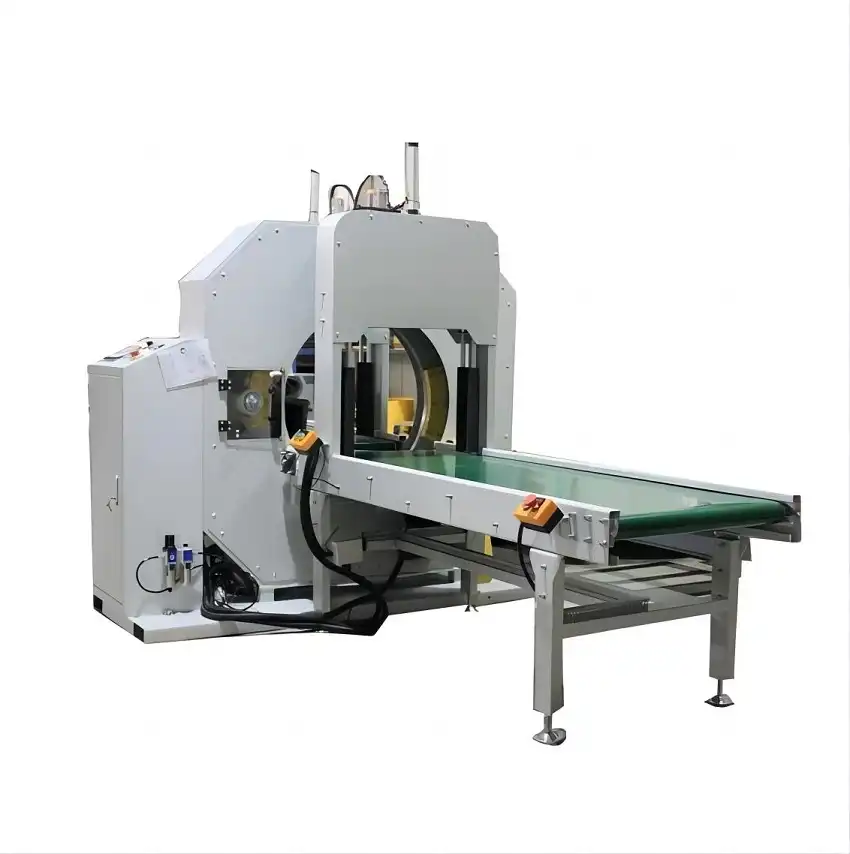
6. Conclusion: A Strategic Investment for Demanding Applications
The double rotary arm stretch wrapping machine represents a significant step up in automated pallet wrapping technology. While the initial investment is higher than simpler machines, its ability to deliver high speeds, handle challenging loads securely, and optimize film usage makes it an indispensable tool for many modern manufacturing and distribution operations. By keeping the load stationary and leveraging the efficiency of two wrapping arms, it provides a robust, reliable solution for enhancing packaging line productivity and protecting valuable goods during transit.
For more information on stretch wrapping solutions:
https://www.fhopepack.com/Stretch_wrapping_machine.html
Contact us for inquiries:
info@fhopepack.com


